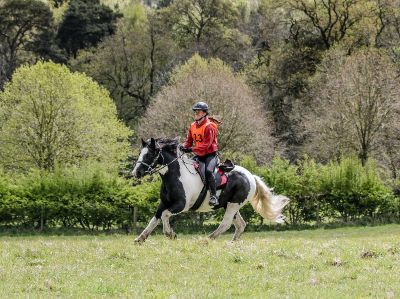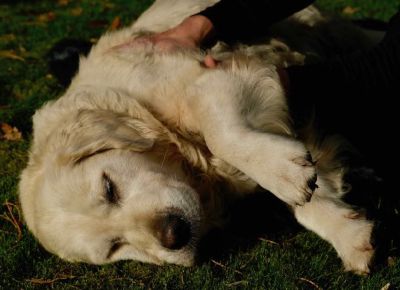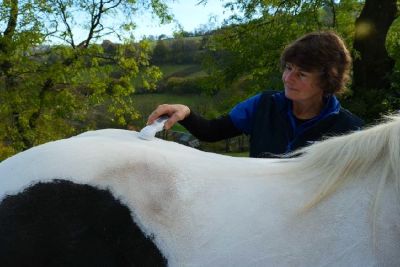Did you know that animals can benefit from physiotherapy?
It’s not just pets rehabilitating after injury or surgery that benefit from physiotherapy. Many animals develop compensatory movement (when normal motor skills are impaired and replaced by alternative methods) due to over-exuberance or age-related conditions.

How Can Physiotherapy Help?
If their behaviour has changed, your dog may not be as keen to go for walks, they may refuse or demand more attention. They may become reactive to noises or situations. Horses may not want to be tacked up or find it difficult to balance when a leg is lifted. Their movement may not be symmetrical. Check their hindquarters line up with their shoulders. If they don’t, they could be “offloading a limb” (not putting weight on it).
Even if they don’t look lame, animals, especially dogs, are very good at compensating. However, this can lead to other conditions if left untreated. The sooner they have any soft tissue restrictions resolved, the easier it is to restore a symmetrical gait. They might have difficulty performing movements they used to perform easily. Can your dog still climb the stairs and get up from sitting or lying without struggling? If not, physiotherapy may help them regain some mobility.

What Does a Veterinary Physiotherapist Do?
They watch your pet move and recognise any alterations in gait. VPs combine this information with the history of the animal and findings from a handson assessment to develop a treatment plan. The treatment may comprise electrotherapy, including light therapy, ultrasound or pulsed magnetic field therapy, or manual therapy like massage and joint mobilisation.
Exercises that the animals enjoy can increase or even out the musculature. The treatment plan is unique for each animal. Even animals that find strangers and new environments worrying usually enjoy physiotherapy carried out at the owner’s home where the animal is most relaxed. As the animal needs to be compliant for the treatment to be most effective, the veterinary physiotherapist takes the time to reassure the animal so it enjoys the session.

What Else Should I Know?
The veterinary physiotherapist should have a recognised qualification and be a member of a professional body. To comply with the Veterinary Surgeons Act 1966, the veterinary physiotherapist needs your vet’s consent to assess and treat your pet, however, the physiotherapist will usually arrange this. For more information, go to Rachel’s website movemorevetphysio.co.uk.

About the Author
Rachel Thurlow is the owner of MoveMore Veterinary Physiotherapy which she established following her graduation with a Postgraduate Diploma in Veterinary Physiotherapy from the University of Nottingham School of Veterinary Medicine and Science. MoveMore Veterinary Physiotherapy provides a professional and caring service helping animals optimise their musculoskeletal function which may have been compromised by injury, surgery or age related conditions and often cause behavioural changes.
Tel: 07977 004856
Email: movemorevetphysio@btinternet.com

For more pet articles, click here.

